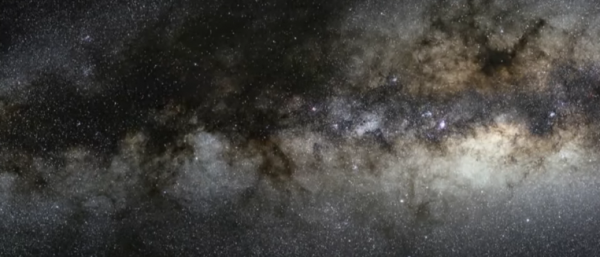
A new simulation presented by Harvard University's Eden Girma and mentor James Guillochon shows that it's likely that the black hole at the center of our galaxy spits out planetoids from the remnants of shredded stars.
When a star gets too close to the center of the galaxy every 10,000 years, the supermassive black hole shreds the star, leaving behind streamers of gas. Girma and Guillochon simulated 50 star encounters with Sagittarius A* and they found the remnants of the shredded star matter formed into planet-sized clumps, according to The Daily Galaxy. Unlike most planets that are formed millions of years in time, these planetoids can be formed in just a year.
These planetoids are also found to be more massive than Neptune, with some of them to be even larger than Jupiter, and they are hurtling through space at a speed of more than 20 million miles per hour. The simulations showed that 95 percent of these planetoids were ejected out of the galaxy, while the remaining 5 percent remained locked in the gravity of the black star.
If Girma and Guillochon's simulations are right, it means that there are millions of planetoids floating in space formed by the remnants of shredded stars. These planetoids will be hard to detect with telescopes using the infrared spectrum as they have no internal source of heat and their temperatures have already cooled down. But to Girma, they are still distinguishable from normal planets based on how fast these objects move, as per Astronomy.
The simulations also raise the possibility of planetoids formed from the central black holes of other galaxies. Any planetoids formed by stellar fragments in the Milky Way must have come from other black holes, as most planetoids formed by Sagittarius A* are ejected out of the Milky Way.
If these planetoids can be detected, Girma says that we can determine their degree of habitability.
Find out more on how our galaxy's black hole spits out planetoids from shredded stars:



